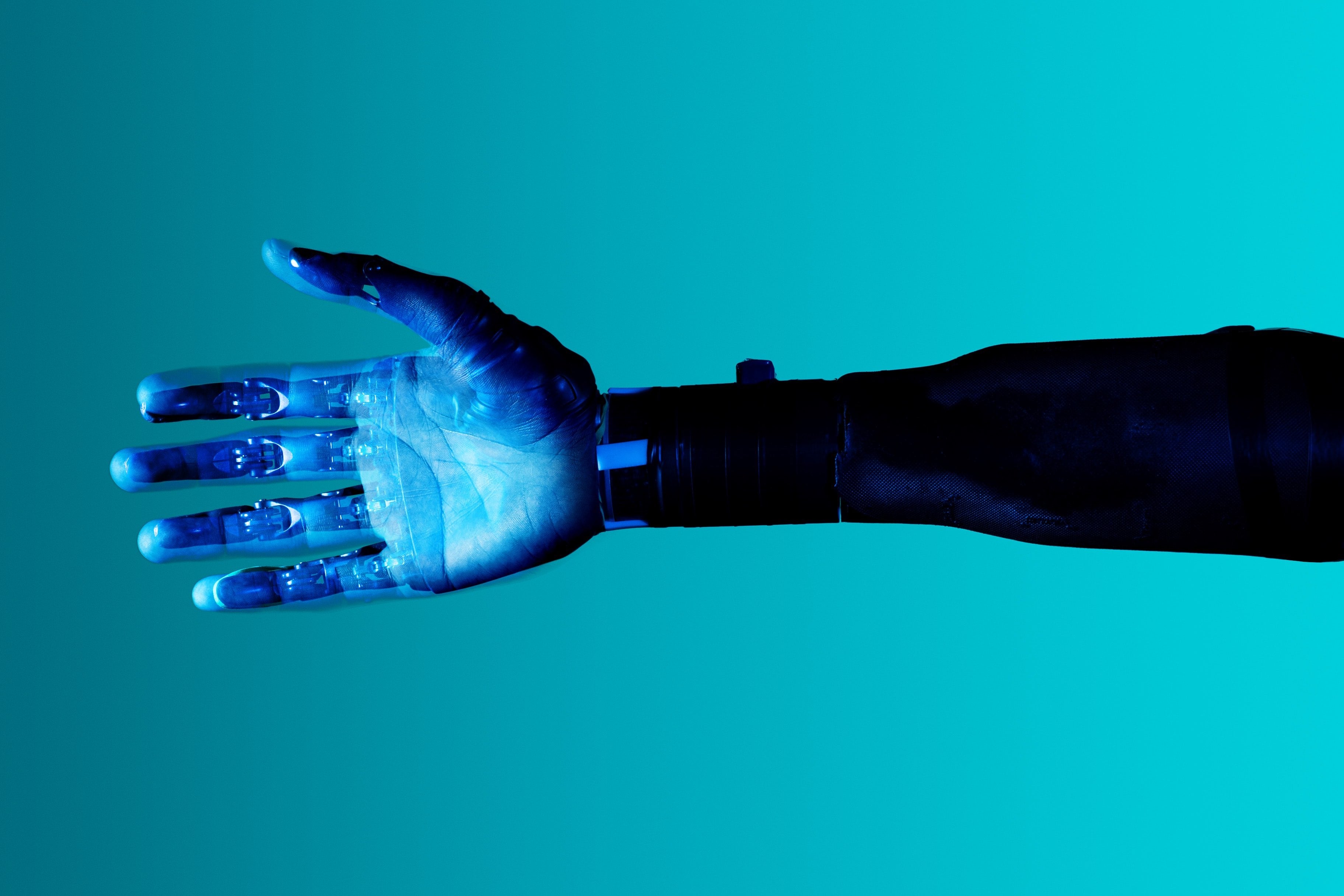The $10M ANA Avatar XPRIZE launched almost three years ago and we’ve made exciting progress since. In January 2020, 77 teams from 19 countries were selected by the Avatar XPRIZE Judging Panel to advance as Qualified Teams. We recently introduced you to some of the incredible avatar technology these teams are working on, including robotic avatars to send to the moon!
Earlier this month, teams completed their Semifinalist Selection submissions, the second round of technical submissions for evaluation by the Judging Panel. The next step? The judges will review all submissions and select the teams that will advance to Semifinals Testing in Fall 2021, with a public announcement of advancing teams coming in April 2021.
Here are three things you should know about how ANA Avatar XPRIZE Semifinalists will be evaluated.
1. The Judging Panel
During the Semifinals, up to three judges will participate in any given Testing Run. One judge will serve as the operator of the avatar during the scenario run, a second judge will serve as the recipient at the remote location, and the third judge will serve as an observer. Judges are assigned from our expert and thought-leading panel, a growing panel of industry experts that evaluate technologies throughout the competition.
2. Challenging Scenarios
Our judges will then perform tasks listed in the scenario with the semifinalist team’s avatar solution. Teams will be assigned three challenging scenarios from four options; a social interaction, a business interaction, a healthcare activity, and a culture/teaching/travel activity. All team systems will be evaluated based on their demonstrations of the same three scenarios at Semifinals. These scenarios have been created to test an avatar system’s capabilities across a variety of tasks and practical applications.
3. A Sense of Presence in a Remote Location
Most notably, judges will be looking out for the ability of the avatar to allow the operator to experience a sense of presence as if they are actually there, in the remote location. Additionally, the recipient judge will be paying attention to their experience interacting with the avatar, and how it conveys a sense of the presence of another person. They’ll also be looking out for recognition, understanding, communications, gestures, and shared situational awareness. At the same time, the avatar system must facilitate the transfer of sensory information from the remote location back to the operator who is controlling the avatar, including layout, placement of objects, path navigation and other location-specific cues.
Ahead of the evaluation of these activities and more at Semifinals Testing, we released our Rules and Regulations 2.0 back in Fall 2020 – the guidebook for how teams will be tested at the next level. To find out more about the details of the testing scenarios, along with the judges’ scoring system, and our plans for testing the finalists later down the line, you can download the Rules and Regulations 2.0 here. From the specs of the avatar robot to rules around the use of drone technology, as well as the type of operator interfaces permitted, the Rules and Regulations 2.0 contain all the key information about how teams will be evaluated in the coming testing rounds.
So get reading – and stay tuned for the upcoming Semifinalist Teams announcement in April!
Please note: The Rules and Regulations Version 2.0 updates and supersedes Version 1.0 published on August 30, 2019. This Version also serves as an addition to and, where applicable, overrides information contained in the published Competition Guidelines originally published September 10, 2018, and updated August 30, 2019.
